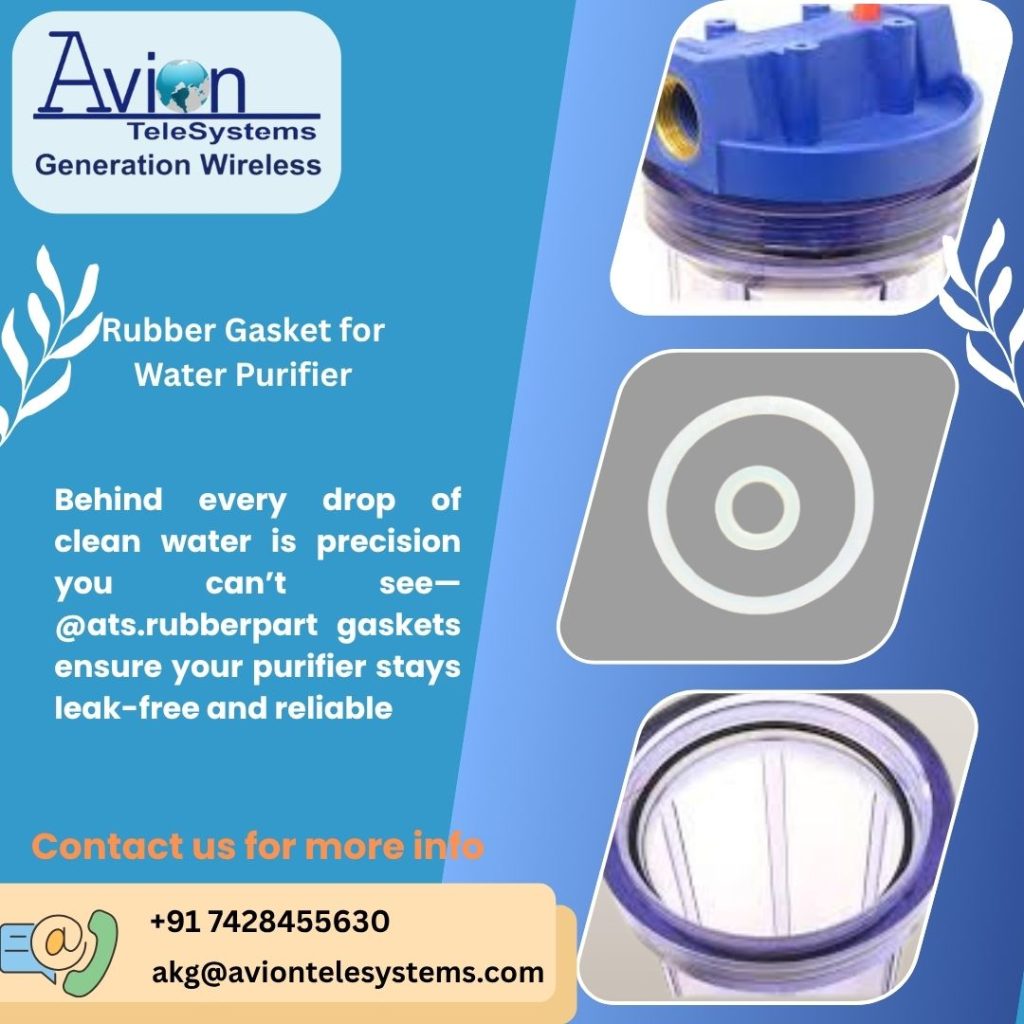In the world of industrial manufacturing, gaskets play a quiet yet critical role—sealing everything from engines and pipelines to chemical plants and food processing equipment. But as global attention turns toward sustainability, even these small but essential components are under the microscope. Today, gasket manufacturers are being challenged to meet growing environmental expectations without compromising on performance. Fortunately, many are rising to the occasion.
🌿 The Environmental Cost of Traditional Gasket Materials
Historically, gasket production relied heavily on materials like asbestos, synthetic rubbers, and metal composites. While these provided the required thermal and chemical resistance, they often posed long-term environmental hazards.
- Asbestos, once popular for its heat resistance, is now banned in many countries due to health and environmental risks.
- Synthetic materials, derived from petroleum, contribute to carbon emissions and are rarely biodegradable.
- Metal gaskets, although durable, require energy-intensive mining and refining processes.
As regulatory bodies and customers demand cleaner alternatives, the gasket industry is under pressure to innovate.
♻️ Sustainable Material Alternatives
Leading manufacturers are shifting toward eco-friendly gasket materials that offer both performance and reduced environmental impact. Some key innovations include:
- Non-asbestos fibers: Made from aramid, cellulose, or fiberglass, these offer similar durability without toxic health risks.
- PTFE (Teflon) and modified polymers: Chemically inert and long-lasting, with minimal environmental degradation.
- Bio-based elastomers: Derived from renewable sources like castor oil or plant-based rubbers, these materials are gaining traction as green alternatives.
Some companies are even exploring biodegradable composites designed for temporary or low-load applications.
⚙️ Cleaner Manufacturing Processes
Greener gaskets aren’t just about the materials—they’re also about how they’re made.
- Water-based adhesives and sealants are replacing VOC-heavy chemical solutions.
- Automation and precision cutting reduce material waste and energy use.
- Recycling programs allow manufacturers to repurpose offcuts and defective gaskets.
Digital tools like CAD modeling and simulation are helping engineers design more efficient gaskets, reducing the number of materials used while improving reliability.
🌍 Meeting Environmental Regulations
With global pressure mounting, many manufacturers are aligning with key environmental standards:
- ISO 14001 for environmental management systems
- REACH and RoHS compliance in Europe
- Green procurement requirements in government and defense contracts
Companies that adopt these standards not only reduce their ecological footprint but also gain a competitive edge in environmentally conscious markets.
🏭 Industry Leaders Taking Action
Several major gasket manufacturers have made sustainability a core pillar of their operations. For example:
- A European sealing company has introduced a fully recyclable gasket line for food and pharma applications.
- An Indian manufacturer transitioned to non-asbestos gaskets, cutting hazardous waste by 70% across their facilities.
- A U.S.-based supplier uses solar-powered manufacturing plants, cutting operational emissions significantly.
These success stories demonstrate that environmental responsibility and commercial success can go hand-in-hand.
🔮 Challenges and the Road Ahead
Despite progress, the industry still faces challenges:
- Sustainable materials can be more expensive or less available than traditional options.
- Not all green innovations have been tested across industries, especially in high-pressure or high-temperature environments.
- Smaller manufacturers may lack resources to overhaul production methods quickly.
Still, the trajectory is clear: customers, governments, and global markets are pushing for greener solutions—and the gasket industry must adapt.
Get in Touch
📞 Phone: +91 7428455630
📧 Email: akg@aviontelesystems.com
🌐 Website: www.rubberpart.in


